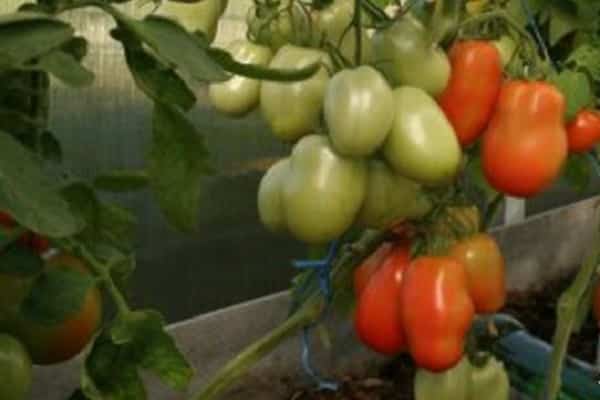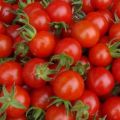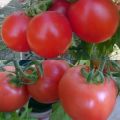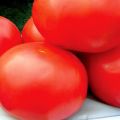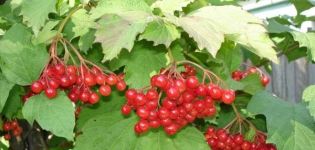Description of the tomato variety Stanichnik, features of cultivation and care
Tomato Stanichnik was bred in Russia thanks to the author's developments of the Research Institute and has been successfully grown in the regions of our country for about 20 years. The determinant variety is included in the register for outdoor cultivation. The plant can be used for large scale cultivation. The final product yield ranges from 76 to 100%. Characteristics and description of the advantages of the Stanichnik tomato variety:
- high stable yield indicators;
- good taste of a tomato;
- simultaneous ripening of vegetables;
- the possibility of making rare fees;
- the possibility of harvesting in a mechanized way.
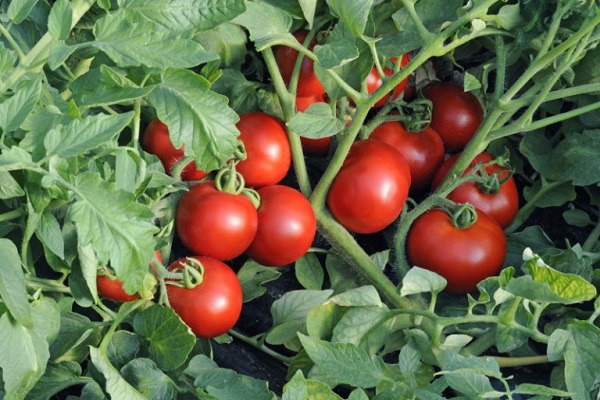
A distinctive feature of the new type of tomato is the emergence of the ability to carry out rare harvests and good tolerance of difficult transportation conditions.
Features of the growth of shoots
The plant belongs to a variety of determinant varieties. Sprawling low-growing shoots reach a height of 48 to 55 cm. The bushes are characterized by medium foliage. The leaf plate of the Stanichnik tomato has a characteristic green color, a smooth surface with a slight corrugation effect. Inflorescences are of the intermediate type.
Cultivation involves planting seeds in the ground, diving and transplanting to a permanent place. From the moment of sowing to the beginning of ripening, it takes from 95 to 100 days. The recommended time for planting planting material is considered to be March 10-20, and seedlings disembarkation May 10-20. Landing scheme 70 to 60.
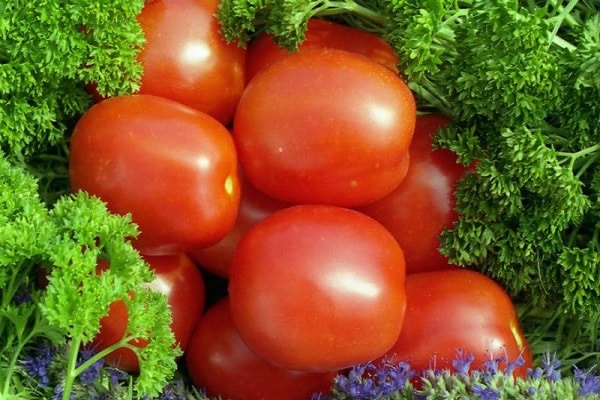
Description of fruits
The tomato variety Stanichnik has the shape of a cylinder with a smooth surface. The flesh of the vegetable is dense, there are 3 to 4 nests inside. Unripe fruits are light green in color. Ripe tomatoes have a characteristic bright color. The average weight of a single fruit varies from 60 to 102 grams.
Vegetables are suitable for the following purposes:

- fresh consumption;
- canning of whole fruits;
- preparation of preparations from tomatoes.
Fresh and canned fruits have a distinct color. When making juice, the composition contains 4.6% of the dry component and 2.5% of sugar.
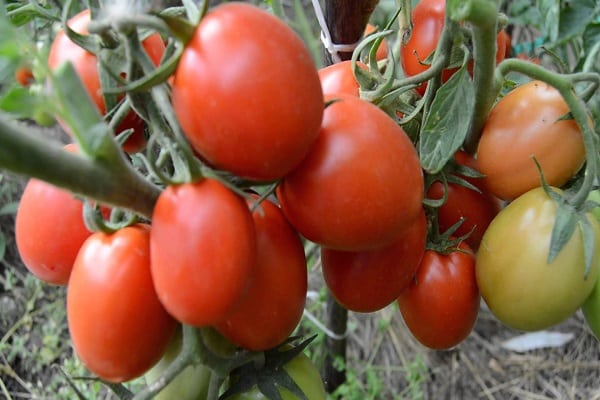
Ripening time and yield
The tomato is a medium-ripening variety and is characterized by a simultaneous reddening of the fruit. A distinctive quality is considered to be a high yield indicator, which is stable and has slight deviations from the average. On one brush, fruit ovaries are formed in the amount of 7 to 9 tomatoes. The value of the number of images taken from 1 m2 harvest depends on the conditions of a particular region:
- North Caucasian - from 2.1 to 4.6 kg.
- Lower Volga - from 2.3 to 3.9 kg.

Care features
The plant is thermophilic and demanding on the amount of sunlight. Adequate heat is the determining factor for growth rate, ripening rate and final yield indicators. Soil moisture does not significantly affect plant growth. The humidity of the air has a great influence, which during the ripening period of the fruit should not exceed 60%. For the first 10 weeks, it is recommended to maintain the humidity at 60-65%.
With insufficient air humidity, the pollination of the plant deteriorates, and the flowers begin to fall off. At the same time, the plant is more susceptible to fungal diseases in the form of a black leg in seedlings and late blight in fruits. Lack of moisture leads to stretching of the shoots upward and a decrease in yield.
